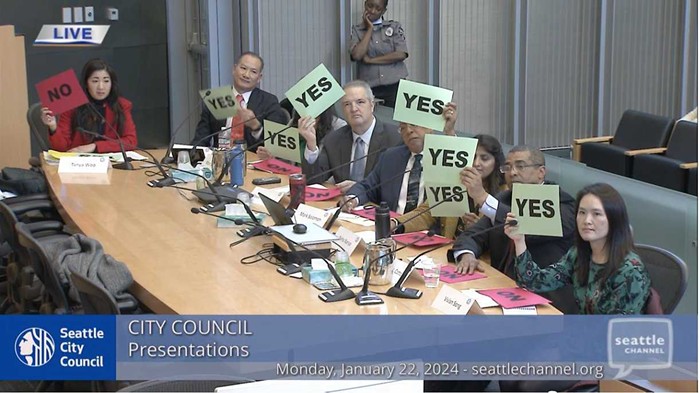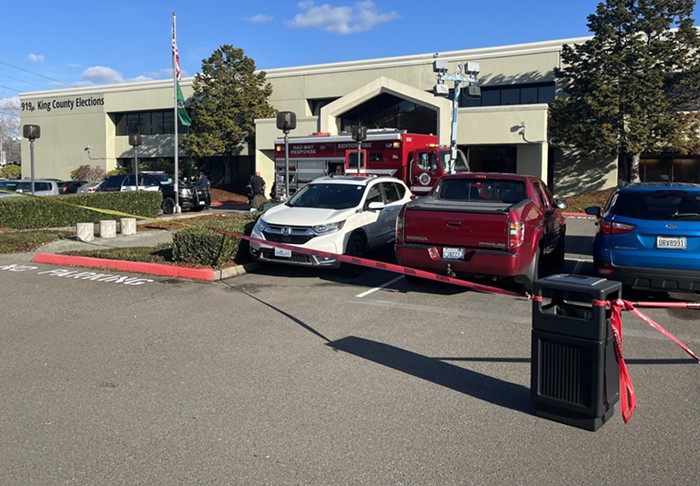Sometime before dawn on Monday, March 3, arsonists struck five "green" single-family homes at Quinn's Crossing, a wooded subdivision in unincorporated Snohomish County, burning down three of the houses and damaging the other two. A sign at the site claimed the arsons were the work of the Earth Liberation Front (ELF); however, FBI officials later said they did not find any "sophisticated incendiary devices," like those found at other ELF-associated arsons, at the site.
But leaving aside the question of whether the arsons really were the work of ELF, it's hard to argue that the homes themselves were in any way "dedicated to the ethos of putting the earth first," as the houses are billed on the Quinn's Crossing website. Obviously, I don't condone burning down houses (even unoccupied, unsold, multimillion-dollar "eco-dream homes")—for one thing, it obliterates the efforts of mainstream environmentalists to get the word out about the real, catastrophic climate impacts of choices like living in the suburbs. But the statement that ELF allegedly spray-painted on a sign at the arson scene—"McMansions in [rural cluster developments] r not green"—is neither debatable nor particularly controversial.
The first eco-problem is the houses themselves—five suburban-style megamansions on massive lots, averaging more than 4,500 square feet. The houses may have been "energy efficient," but that's a relative term—an energy-efficient mansion will never use less energy than even a large urban apartment. Moreover, the mansions were built only to "Built Green" environmental standards—a less-stringent, Master Builders–endorsed certification system than the tougher Leadership in Energy and Environmental Design standards that are being adopted by low-impact developers around the country. The houses are out in the middle of nowhere, on land that used to be occupied by beaver dams and environmentally sensitive wetlands; the site sits at the headwaters of Bear Creek, where endangered Chinook salmon spawn. The houses, and their polluting septic systems, also sit atop an aquifer, which provides drinking water for the area's Cross Valley Water District.
Perhaps more importantly, there's no such thing as a sustainable suburban lifestyle. Suburban homes are usually situated on large lots, with low residential density. Research from Congress for the New Urbanism has showed that increasing residential density from three to six units an acre saves more money than installing energy-efficient appliances. And the suburbs are built in a way that forces people to drive, with few connecting streets (which could enable people to run errands by walking), virtually no transit, and many miles from job centers and basic services. Half of all Washington State's greenhouse-gas emissions come from transportation, mainly driving. People who choose to live in low-density, car-dependent suburbs are part of the problem—even if their McMansions do come with a "green" label. ![]()


















